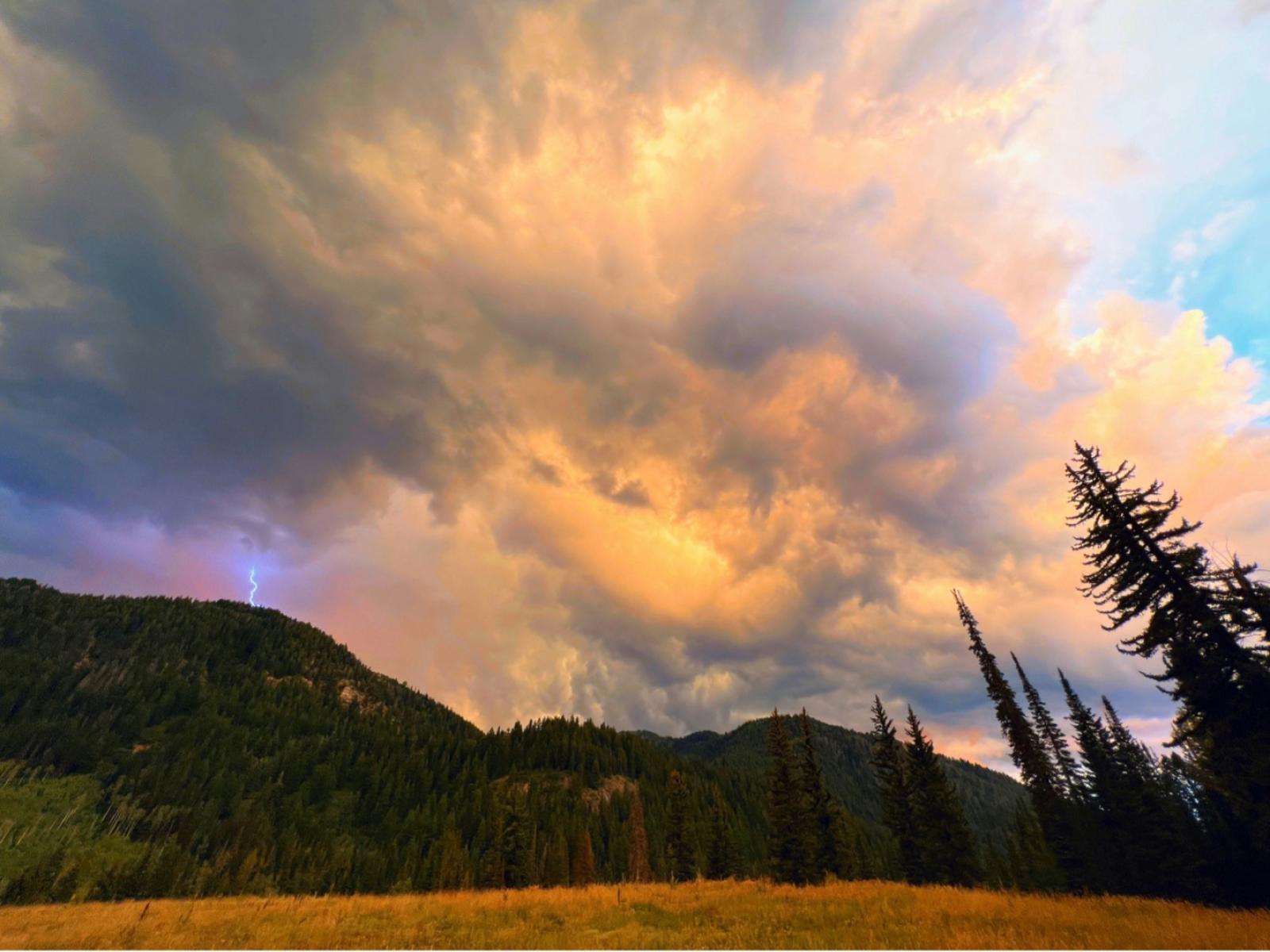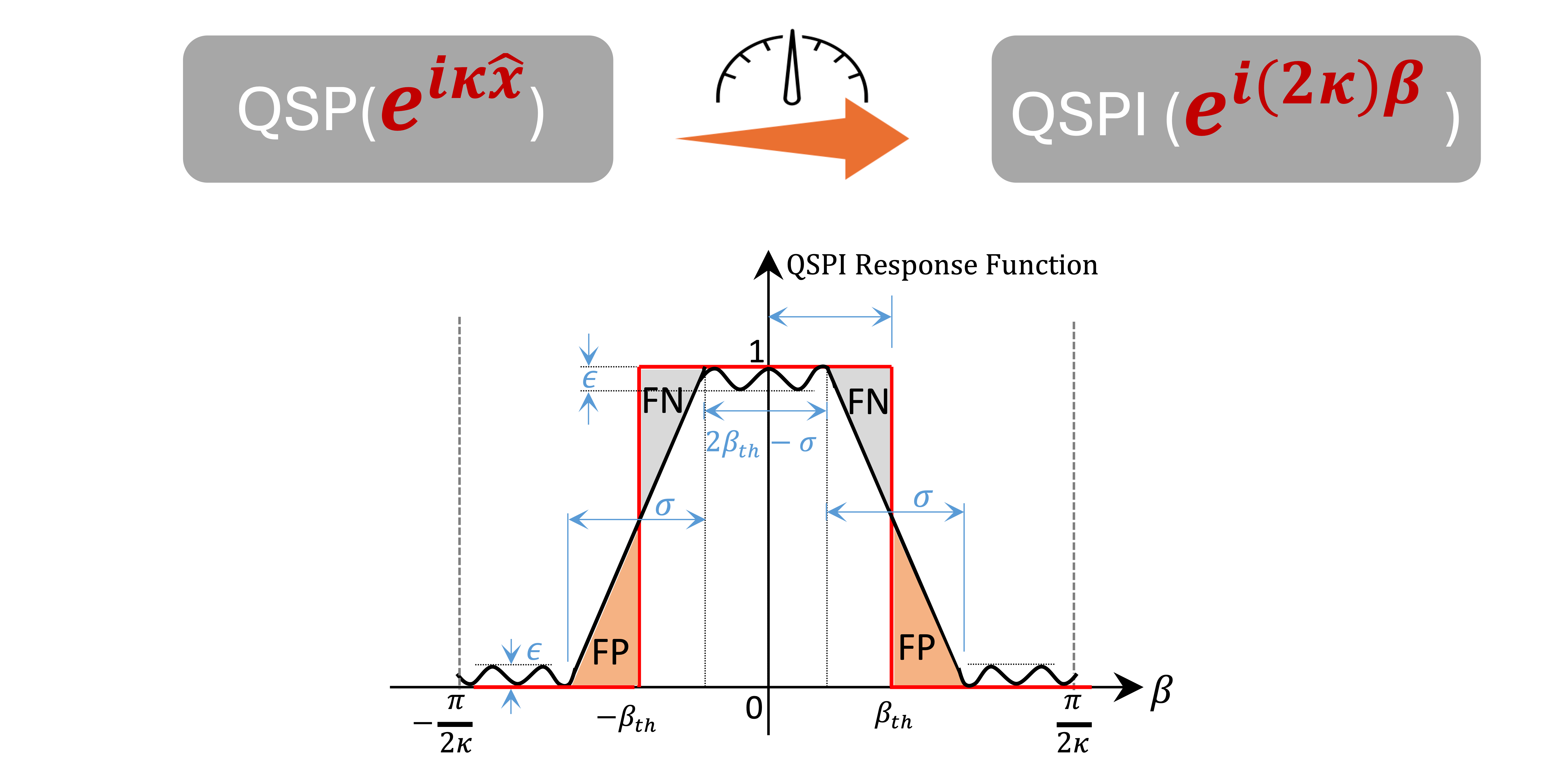2024-07-30 パシフィック・ノースウェスト国立研究所(PNNL)

Mesoscale convective systems are organized convections typically associated with strong upward motion. Such strong vertical motion can effectively pump moisture near the land surface to the upper atmosphere and generate precipitation.
(Photo by Mike Newbry | Unsplash)
<関連情報>
- https://www.pnnl.gov/publications/mesoscale-convective-systems-pump-local-evapotranspiration-moisture-upward-boost
- https://journals.ametsoc.org/view/journals/hydr/25/6/JHM-D-23-0174.1.xml
メソスケール対流系によるポンピングによる水分循環 Moisture Recycling through Pumping by Mesoscale Convective Systems
Huancui Hu,L. Ruby Leung,Zhe Feng, andJames Marquis
Journal of Hydrometeorology Print Publication:01 Jun 2024
DOI:https://doi.org/10.1175/JHM-D-23-0174.1
Abstract
Moisture recycling, the contribution of local evapotranspiration (ET) to precipitation, has been studied using bulk models assuming a well-mixed atmosphere. The latter is inconsistent with a climatologically stratified atmosphere that slants across latitudes. Reconciling the two views requires an understanding of overturning associated with different weather systems. In this study, we aim to better understand moisture recycling associated with mesoscale convective systems (MCSs). Using a convection-permitting WRF simulation equipped with water vapor tracers (WRF-WVT), we tag moisture from terrestrial ET in the U.S. Southern Great Plains during May 2015, when more than 20 MCS events occurred and produced significant precipitation and flooding. Water budget analysis reveals that approximately 76% of terrestrial ET is advected away from the region while the remaining 24% of terrestrial ET is “pumped” upward within the region, accounting for 12% of precipitation. Moisture recycling peaks during early night hours (1800–2400 LT) due to the mixing of the daytime accumulated ET by active convection. By focusing on five “diurnally driven” MCSs with less large-scale circulation influence than other MCSs during the same period, we find an upright pumping of terrestrial ET at the MCS initiation and development stages, which diverges into two branches during the MCS mature and decaying stages. One branch in the upper level advects the ET-sourced moisture downstream, while the other branch in the mid-to-upper level contributes to the trailing precipitation upstream. Overall, our analysis depicts a pumping mechanism associated with MCSs that mixes local ET vertically, highlighting its specific contributions to enhancing convective precipitation processes.



